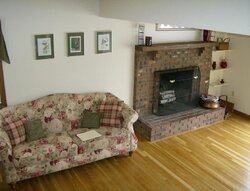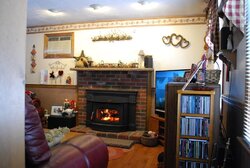I like your input to determine if i need any additional ancoring for my new bluestone mantle.My original setup for the wood was just the brick extensions and some liquid nails to glue it done to the brick.
Blue stone is 2" X 9" X 78 "
Would you recommend some additional method to tie this to the top ledge ?
What materials , methods you have used ?
All the Best
MC
Blue stone is 2" X 9" X 78 "
Would you recommend some additional method to tie this to the top ledge ?
What materials , methods you have used ?
All the Best
MC



